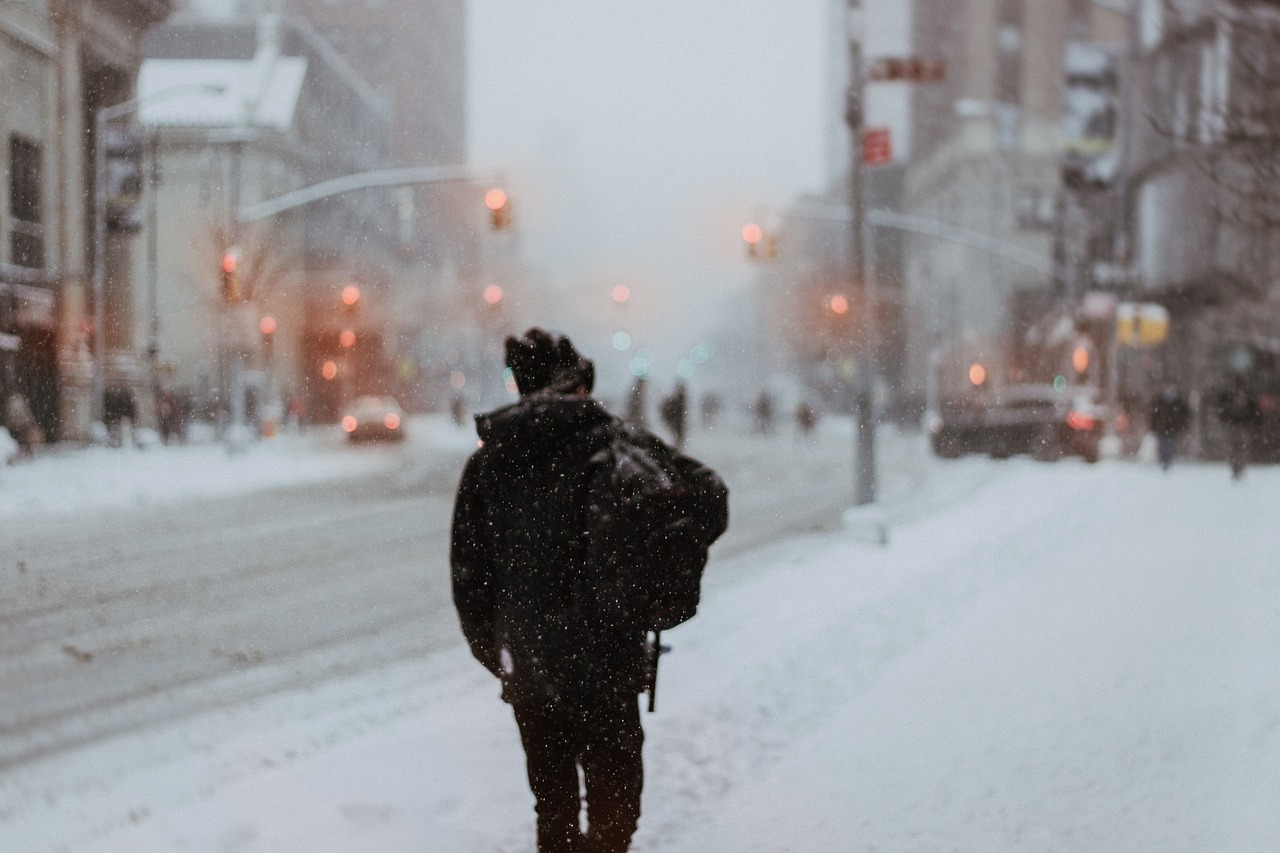Although slip and fall accidents happen year-round, winter can be a particularly bad time with the added threat posed by snow and ice on sidewalks and other places. Unfortunately, serious injuries do sometimes occur.
Suppose this has happened to you after seeking medical attention. In that case, your next step should be to contact a knowledgeable personal injury lawyer to ensure that are taking all the necessary steps to preserve your ability to file a personal injury claim in the future.
This article looks at some of the things you need to know about personal injury claims resulting from slipping on snow or ice, including the possible defendants.
The basics of negligence law
As we have written about in more detail elsewhere, simply being injured on someone else’s property is not sufficient to ground a negligence claim because certain elements need to be proved to establish that the defendant did not live up to the level of prudence required by the law.
The injured plaintiff must show that:
- the defendant owed them a duty of care;
- the defendant breached the standard of care;
- they sustained an injury; and
- the injury was caused by the defendant’s breach of the standard of care.
While these principles generally apply in the context of a slip and fall on snow or ice, the remainder of this article examines their application to winter slip claims and how they are altered regarding claims against municipalities.
Bringing a claim against an occupier
If the fall occurred due to snow or ice on someone’s property, Alberta’s Occupiers’ Liability Act (OLA) might apply to supplement the above principles. The OLA provides that an occupier of premises owes a duty to visitors to ensure that the visitor will be reasonably safe. Exceptions apply, including for risks willingly accepted.
This means that if the fall takes place on-premises and the person in possession of the premises, or with responsibility for and control over their condition, the activities conducted there and the persons allowed to enter, failed to take reasonable care to keep the person reasonably safe, a claim for damages may be possible. It would depend on the circumstances, but failure to clear snow and ice could potentially ground a claim of lack of reasonable care.
Bringing a claim against a private party in respect of a fall on a public sidewalk
However, the circumstances are different if the fall occurred on a public sidewalk adjacent to someone’s property. This is because the property owner is probably not an “occupier” of the sidewalk, even though they are likely to be under an obligation to clear the sidewalk after a snowfall (under the applicable municipal bylaw).
Several cases have considered whether property owners, despite the inapplicability of the OLA, are subject to a common law duty to clear sidewalks adjacent to their properties of snow and ice. The outcome, as expressed in one such case, was:
“As the general principle, there is no common law duty on an owner of a property to clear ice and snow from a public sidewalk adjacent to his property. There are two exceptions to this rule:
1. If the owner has assumed control of the sidewalk such that he may be deemed to be an occupier.
2. The property owner’s duty extends to ensuring that conditions or activities on his property do not flow off the property and cause injuries to the persons nearby.”
Therefore, while much depends on the particular circumstances of the fall, it is likely that the property owner is not responsible for a slip due to ice or snow on the adjacent sidewalk.
Bringing a claim against a municipality
This raises the question of whether personal injury claims can be brought against the municipality following a winter slip and fall.
The Supreme Court of Canada recently considered this in a case on appeal from British Columbia that we wrote about in a previous article. The take-home from the case is that municipal operational decisions (rather than policy decisions) relating to snow-clearing procedures can be challenged in court. If the injured person can prove negligence in the snow-clearing operation, it may be possible to claim compensation for an injury.
Alberta legislation and municipal liability for slip and fall accidents
However, the Municipal Government Act (Act) makes it more difficult to claim against municipalities in Alberta for injuries caused by snow, ice or slush on roads or sidewalks. The Act provides that the municipality is only liable if it is “grossly negligent.”
Alberta courts have interpreted this standard as providing significant leeway to municipalities. It is more difficult for injured plaintiffs to prove than the elements of a regular negligence claim described above. It may require the plaintiff to show that the danger posed by the hazard was obvious and existed for some time. It was known by municipal employees who had a meaningful opportunity to fix the situation.
Finally, it is important to bear in mind the very short notice period that applies to such claims against municipalities. The injured person needs to notify the municipality of the event giving rise to the action within 21 days after the event, except in the three circumstances discussed here.
Contact the Personal Injury Lawyers at Cuming & Gillespie LLP for Advice on Slip and Fall Claims
If you have been injured in a slip and fall accident, let the experienced personal injury lawyers at Cuming & Gillespie LLP in Calgary help you with your claim for compensation. We will identify the correct defendant and collect the information you need to position your claim for success best. Please call us now at 403-571-0555 or contact us online to book an appointment for a free consultation to discuss the circumstances that led to your slip and fall.

